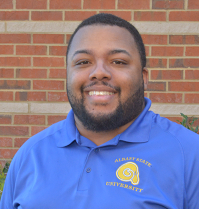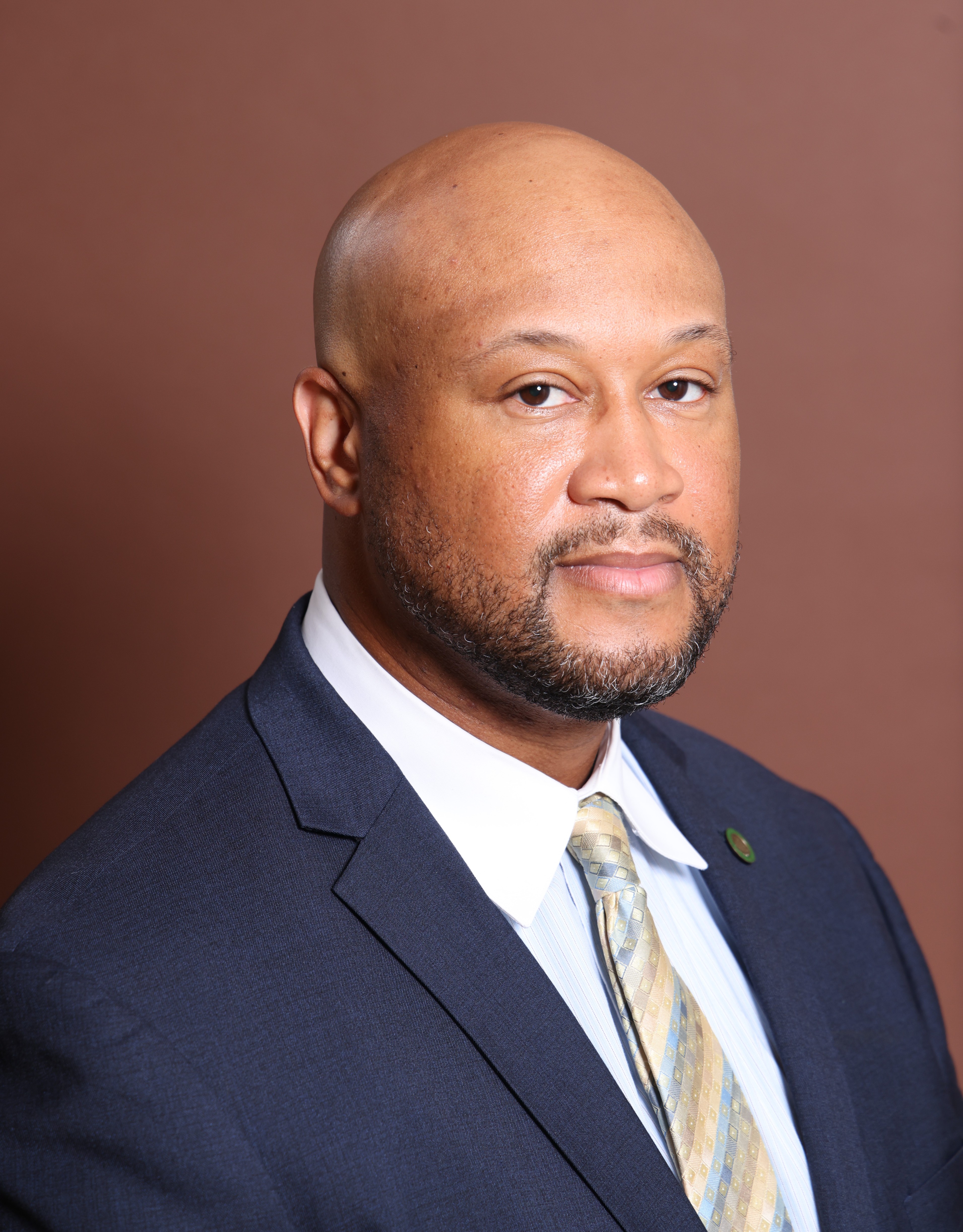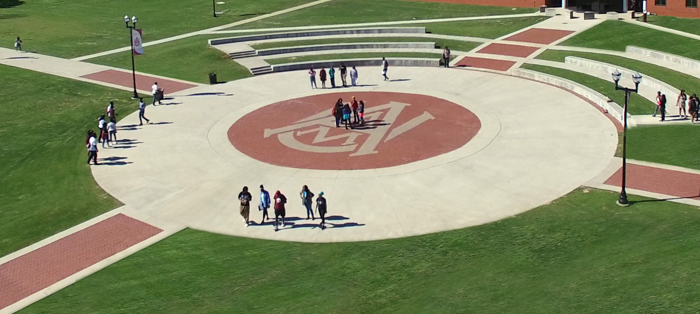Cultivating and Retaining Excellence in STEM
Cultivating and Retaining Excellence in STEM (CaRES) is vital for stimulating the ability to retrieve information efficiently and effectively by searching STEM literature, evaluating technical articles critically, managing many types of STEM resources and STEM success. Since STEM fields still lack diversity, CaRES emphasizes the diversity, equity, and inclusion of underrepresented groups.
Purpose
The purpose of this Collaborative for the Advancement of STEM Leadership (CASL)-CaRES is to create and build a five-campus partnership in order to increase both knowledge about open educational resources and the use of STEM open access resources, journals, materials, and opportunities to enhance teaching, learning, and scholarship for students and faculty on each campus.
CASL-CaRES Team Members

Padmaja Guggilla, Ph.D.
Alabama A&M University

Gokhan Hacisalihoglu, Ph.D.
Florida A&M University

Yolander Youngblood, Ph.D.
Prairie View A&M University

John Williams, Ph.D.
Albany State University

Scott Wicker, Ph.D.
Kentucky State University
ASL-CaRES Definition of Open Educational Resources
The five-campus partnership will adopt a blended United Nations Educational, Scientific and Cultural Organization (UNESCO) and Creative Commons definition for openly accessible resources. "Open Educational Resources (OER) represent one type of openly accessible resource. OER are teaching, learning, and research materials in any medium - digital or otherwise - that are either (a) reside in the public domain or (b) have been released under an open license that provides everyone with free no-cost and perpetual permission to engage in the 5R activities, access and adaptation by others with no or limited restrictions. OER form part of ‘Open Solutions’, alongside Free and Open Source software (FOSS), Open Access (OA), Open Data (OD) and crowdsourcing platforms.” The 5R activities are listed below:
- Retain – make, own, and control a copy of the resource
- Reuse – use your original, revised, or remixed copy of the resource publicly
- Revise – edit, adapt, and modify your copy of the resource
- Remix – combine original or revised copy of the resource with other existing materials to create something new
- Redistribute – share copies of your original, revised, or remixed copy of the resource with others
- PURSUE:Undergraduate Research Journal represents an “ Open Access” journal that will be used to enhance scholarship collectively. Open Access journals are free to use. They do not require a subscription to obtain access. PURSUE is a scholarly undergraduate resourch journal that is peer reviewed. The undergraduate is the first author and the faculty mentor is the second author.
Benefits to the Partnering Universities
Potential of OER usage by and for students, faculty, and STEM majors will be beneficial to the university in multiple ways as listed below:
- Help promote latest research in STEM
- Help cost savings of textbooks and therefore college education
- Help increase interdisciplinary faculty collaboration and creativity
- Help increase STEM student success (register & take more courses, earn higher grades)
- Help innovative teaching and learning in STEM education
- Help increase student retention
- Help overcome out of print shortage issues
- Anytime and anywhere equitable accessibility
- OER usage also allows various selection of learning materials options
Visitors: 1297

 Skip to content
Skip to content